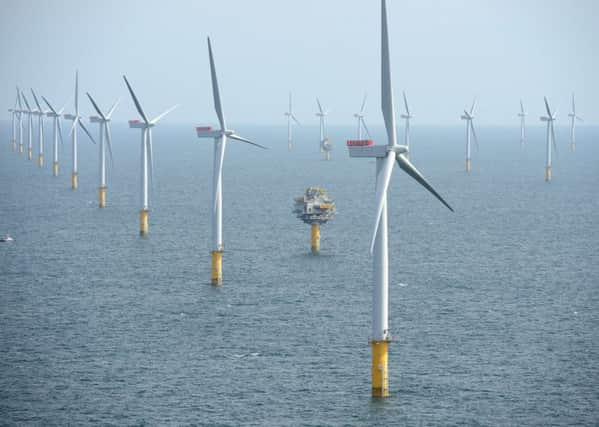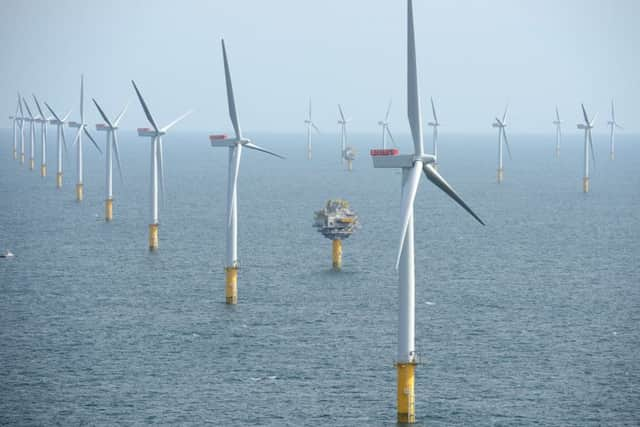Renewables to power UK and 138 countries by 2050, say scientists


By using 100 per cent wind, water and solar energy, 24 million jobs could be created and many deaths from air pollution prevented, the scientists claim.
The plans for a renewable energy future, by scientists at Stanford University in the United States, outline the infrastructure changes needed.
Advertisement
Hide AdAdvertisement
Hide Ad

They said the transition could mean less global energy consumption due to the efficiency of clean, renewable electricity, and an annual decrease in 4-7 million air pollution deaths.
The team said it would stabilise energy prices, save an annual $20 trillion in health and climate costs, and could even reduce the risk of global conflict.
For each of the 139 nations, the scientists assessed the raw renewable energy resources available, and the number of generators needed to be 100 per cent renewable by 2050.


They also considered how much land and rooftop area the power sources would require, and how it would reduce energy demand and cost.
Professor Mark Z. Jacobson, director of Stanford University’s Atmosphere and Energy Programme and co-founder of the Solutions Project, said: “Both individuals and governments can lead this change.
“Policymakers don’t usually want to commit to doing something unless there is some reasonable science that can show it is possible, and that is what we are trying to do.
“There are other scenarios. We are not saying that there is only one way we can do this, but having a scenario gives people direction.”


They studied each country’s electricity, transportation, heating, industrial, and agriculture, forestry and fishing sectors.
Advertisement
Hide AdAdvertisement
Hide AdThe 139 countries were selected because they collectively emit over 99 per cent of all carbon dioxide worldwide.
Places with a greater share of land per population, such as the US and China, were projected to have the easiest time making the transition to 100 per cent wind, water, and solar.
But the most difficult places could be highly populated, small countries surrounded by ocean, such as Singapore, which may need an investment in offshore solar to convert fully.


The researchers listed a number of benefits.
By eliminating oil, gas, and uranium use, the energy associated with mining, transporting and refining these fuels is eliminated, reducing international power demand by around 13 per cent.
Because electricity is more efficient than burning fossil fuels, the demand should go down another 23 per cent.
The changes in infrastructure would also mean that countries wouldn’t need to depend on one another for fossil fuels, reducing the frequency of international conflict over energy.
Finally, communities currently living in energy deserts would have access to abundant clean, renewable power.
Prof Jacobson said: “Aside from eliminating emissions and avoiding 1.5 degrees Celsius global warming and beginning the process of letting carbon dioxide drain from the Earth’s atmosphere, transitioning eliminates 4-7 million air pollution deaths each year and creates over 24 million long-term, full-time jobs by these plans.
Advertisement
Hide AdAdvertisement
Hide Ad“What is different between this study and other studies that have proposed solutions is that we are trying to examine not only the climate benefits of reducing carbon but also the air pollution benefits, job benefits, and cost benefits.”
Co-author Mark Delucchi, a research scientist at the Institute of Transportation Studies, University of California, Berkeley, said: “It appears we can achieve the enormous social benefits of a zero-emission energy system at essentially no extra cost.
“Our findings suggest that the benefits are so great that we should accelerate the transition to wind, water, and solar, as fast as possible, by retiring fossil-fuel systems early wherever we can.”
The study was published in the sustainable energy journal Joule.
